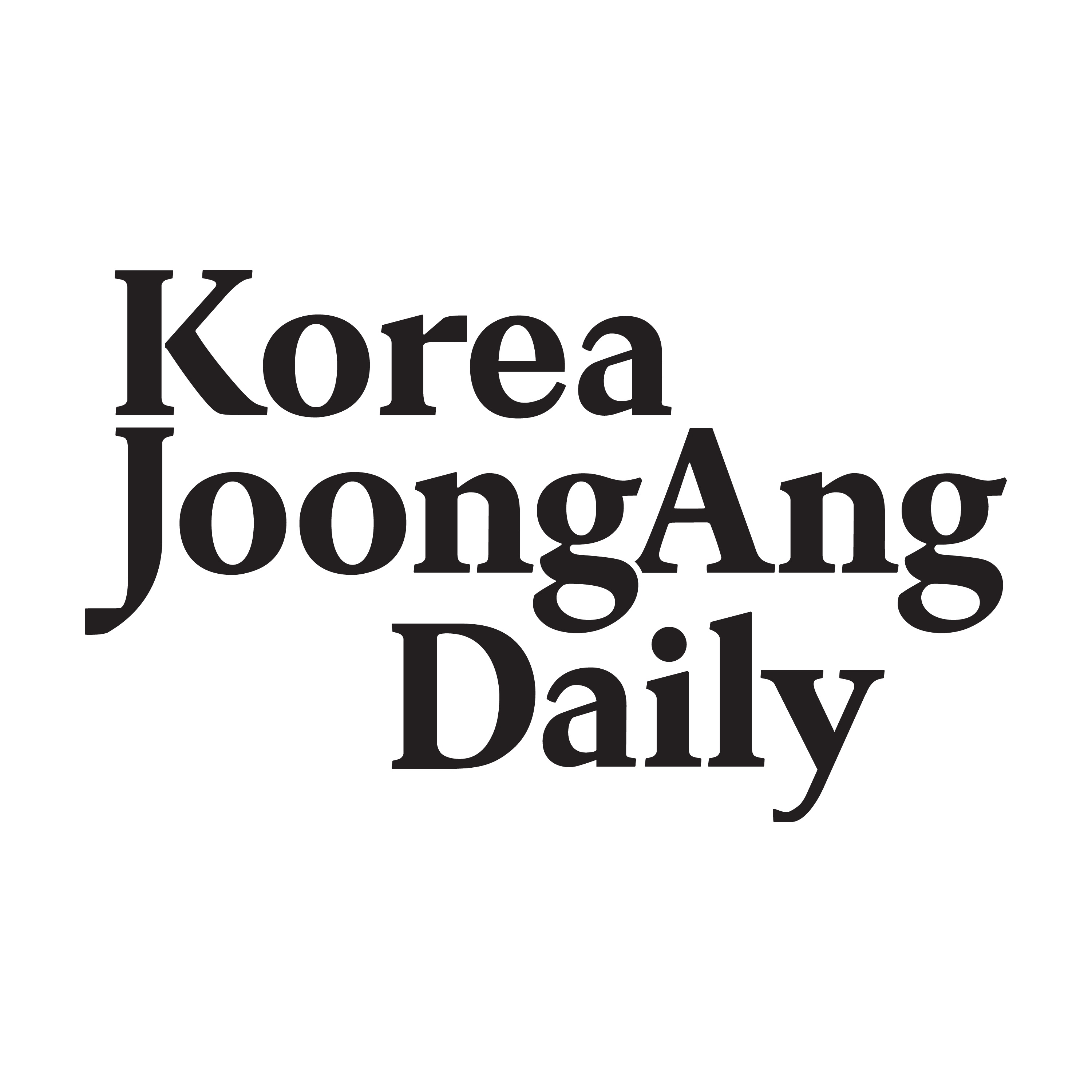Listen "Oct. 15 housing measures target demand, but supply must keep up"
Episode Synopsis
The Lee Jae Myung administration unveiled its third real estate policy package on Oct. 15, four months after taking office. In its Oct. 15 plan to stabilize the housing market, the government designated all of Seoul and 12 districts in Gyeonggi - mainly in the southeastern region - as regulated zones and land transaction permit zones.
In these regulated areas, the loan-to-value (LTV) ratio for mortgages will be cut from 70 to 40 percent, while the debt-to-income (DTI) ratio will also be capped at 40 percent. Multiple-home owners will face heavier acquisition and capital gains taxes, as well as tighter restrictions on the resale of apartment subscriptions. Beginning Oct. 20 through the end of next year, buyers in Seoul and the 12 designated Gyeonggi districts must reside in their homes for at least two years, effectively blocking "gap investment," or purchases made using rental deposits. Mortgage limits have also been tiered: previously capped uniformly at 600 million won, they will now be reduced to 400 million won for homes priced between 1.5 and 2.5 billion won, and 200 million won for those above 2.5 billion won. The measures represent a comprehensive attempt to suppress demand fueled by easy borrowing and liquidity.
The scale of the regulatory expansion exceeded market expectations. While the government described it as a preemptive effort to prevent "balloon effects" - where demand shifts to unregulated areas - the scope is unusually broad. In particular, extending land transaction permit zones, originally meant to curb speculation in development sites, to nearly the entire capital region is unprecedented. The move underscores how serious the government views the recent instability in housing prices.
One notable step is the inclusion of interest payments on jeonse loans - traditionally excluded - in the total debt service ratio calculation. This is expected to reduce excessive leverage in the rental market. Equally significant is what the plan left out: there was no increase in property holding taxes through adjustments to assessed values or fair market ratios. This omission appears deliberate, reflecting an intention to avoid repeating the failures of the Moon Jae-in administration, which relied heavily on taxation to curb housing prices.
Real estate prices ultimately depend on supply and demand. With supply shortages persisting since 2022, especially in the Seoul metropolitan area, fears remain that available housing will fall short. To ensure the success of the Oct. 15 demand-suppression measures, effective supply-side action must follow. The government's Sept. 7 plan to boost housing supply must proceed without delay to build market confidence.
Analysts warn that tighter loan limits could push buyers toward cheaper apartments eligible for 600 million won loans, reduce rental listings, and accelerate a shift toward monthly rents. Authorities should closely monitor these trends and act quickly to mitigate side effects. The government must also move swiftly to rationalize property taxation to ease excessive demand for "one solid home" in the Seoul area.
Above all, interest rates remain the most critical variable in determining housing prices. It would be prudent not to rush a base rate cut until the effects of the new measures become clearer. The Moon administration's experience serves as a reminder that too many policy changes can dull the market's sensitivity and erode confidence.
This article was originally written in Korean and translated by a bilingual reporter with the help of generative AI tools. It was then edited by a native English-speaking editor. All AI-assisted translations are reviewed and refined by our newsroom.
 ZARZA We are Zarza, the prestigious firm behind major projects in information technology.
ZARZA We are Zarza, the prestigious firm behind major projects in information technology.
